
Guide to Visiting Sigiriya
Discover everything you need to know about visiting Sigiriya, the majestic Lion Rock. Get ready for an unforgettable adventure!

When is the best time to visit Sri Lanka? Sri Lanka is a destination gem, offering everything from beautiful beaches to lush rainforests, tea plantations, wildlife safaris, and ancient cultural sites. However, figuring out the best time to visit Sri Lanka can be tricky due to its two monsoon seasons, which impact different parts of the island at different times of the year. If you time it right, you’ll be rewarded with perfect weather, fewer crowds, and incredible experiences.
Let’s break down the best time to visit Sri Lanka based on its seasons, covering everything from the pros and cons of each season, the best places to go, the weather you can expect, and what kind of wildlife you’ll see. That way, you’ll know exactly when to plan your trip and what to expect when you get there.
Some of the links below are affiliate links, meaning, at no additional cost to you, I will earn a commission if you click through and make a purchase. This helps me to keep bringing you travel updates and news.
I only recommend companies and products that I personally use.
Winter in Sri Lanka is when the island really shines, especially if you’re heading to the southern and western coasts or the central highlands. It’s also the busiest time for tourists, but for good reason – the weather is absolutely gorgeous, and it’s ideal for pretty much any activity, whether you’re lounging on a beach, trekking in the hills, or exploring ancient temples.
Temperatures stay warm and comfortable, between 23°C and 30°C (73°F to 86°F). It’s cooler in the hill country (Kandy, Ella, Nuwara Eliya), where temperatures can drop to 10°C (50°F) at night. Rainfall is minimal in the southwest and central areas, but the northeast is still getting hit by the tail end of the Maha monsoon.
December:
January:
February:
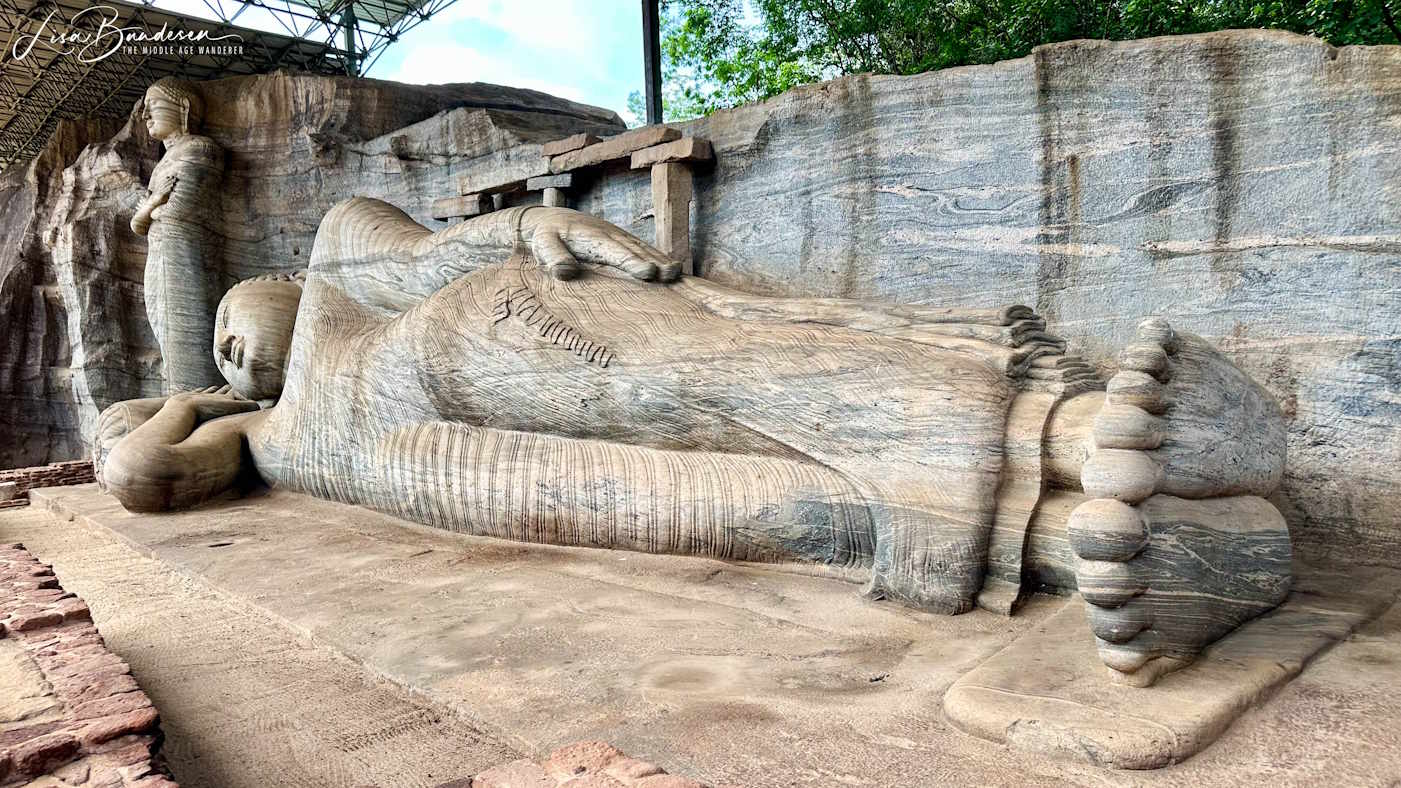
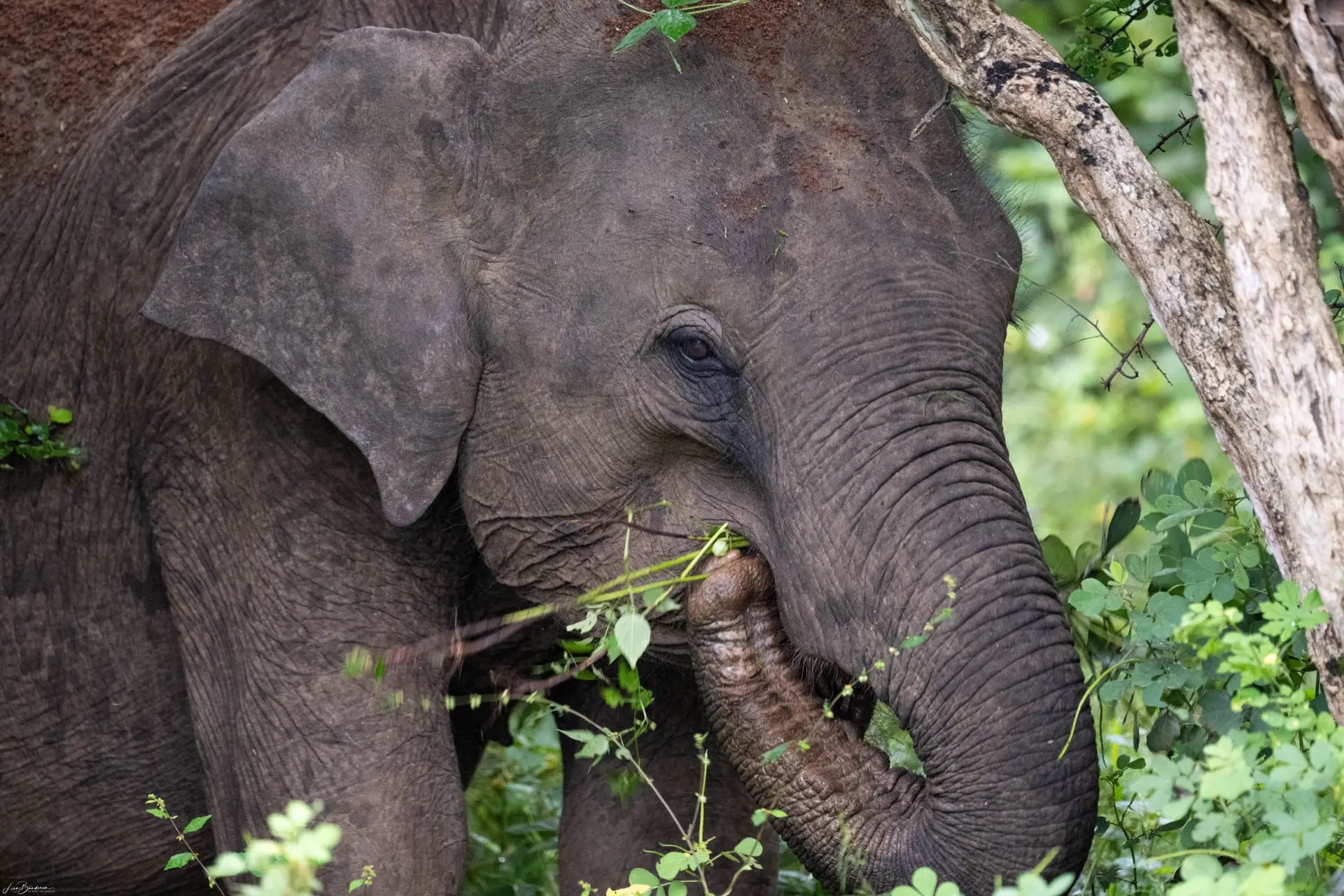
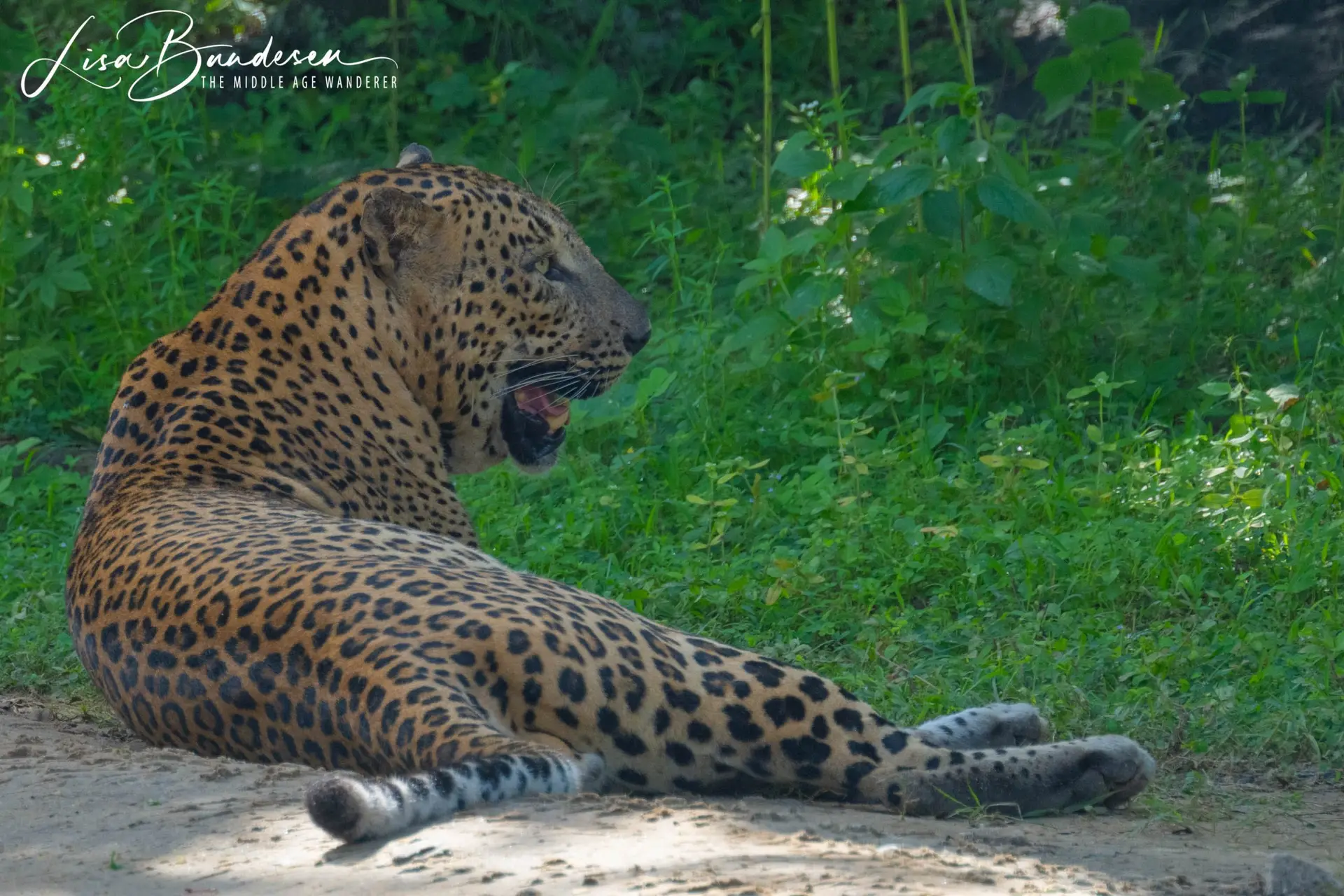
As winter fades into spring, the weather stays warm, and while some regions begin to heat up, it’s still a great time to visit. Fewer tourists mean cheaper accommodation, and you’ll find the island less crowded, which is always a bonus.
Daytime temperatures in coastal areas range from 25°C to 32°C (77°F to 90°F), with cooler temperatures in the hill country. Rainfall increases toward the end of May as the Yala monsoon arrives in the southwest, but March and April are mostly dry and warm.
March:
April:
May:
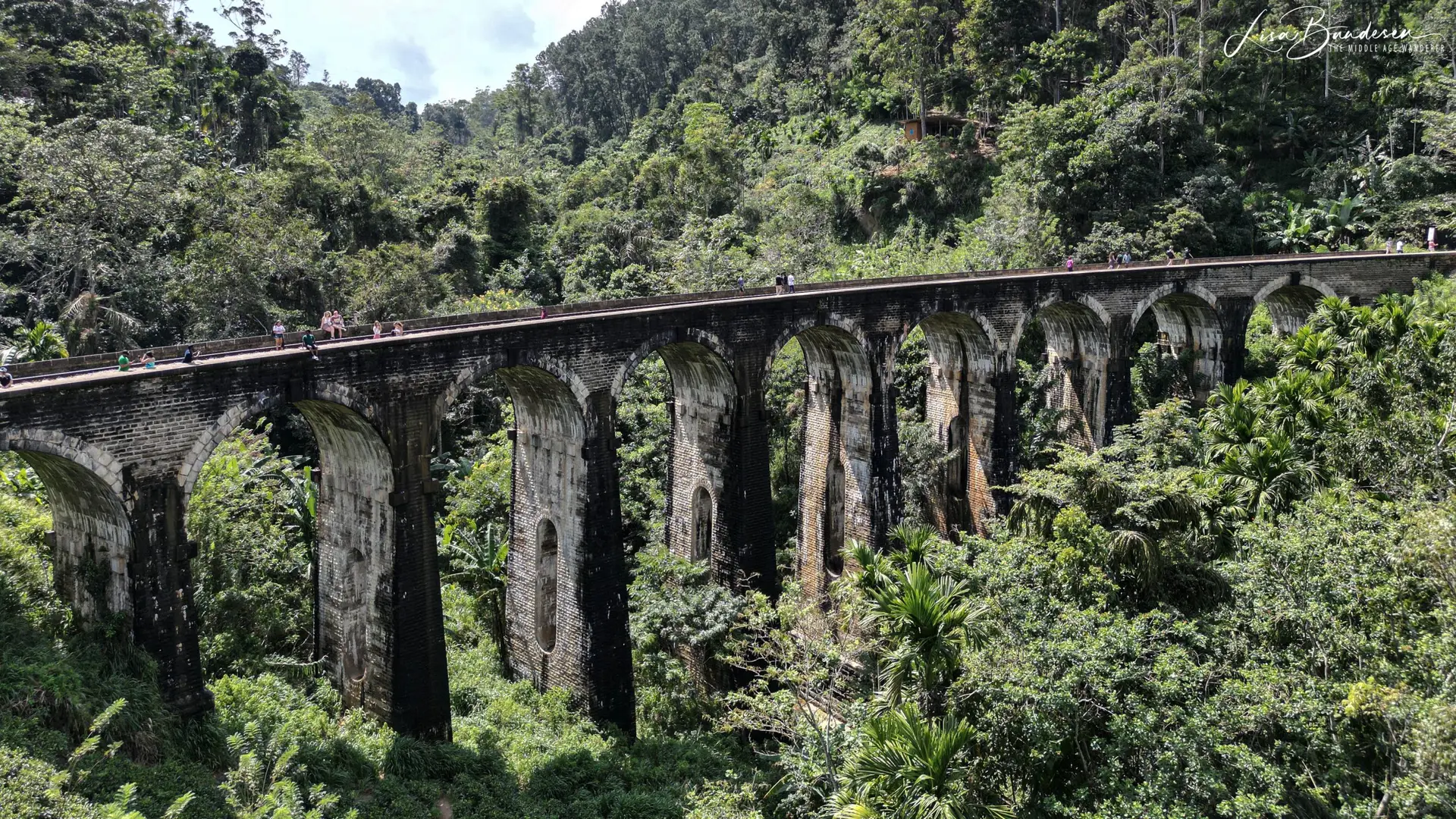
Festivals and Events
Summer in Sri Lanka can be a bit tricky. The Yala monsoon hits the southwestern part of the island hard, but the east coast is in its prime season, offering sunshine, surf, and fewer tourists than the winter months.
On the east coast, you’ll find warm temperatures between 28°C and 32°C (82°F to 90°F) with dry, sunny days. Meanwhile, the southwest and central highlands experience heavy rainfall, making those areas less appealing for outdoor activities.
June:
July:
August:
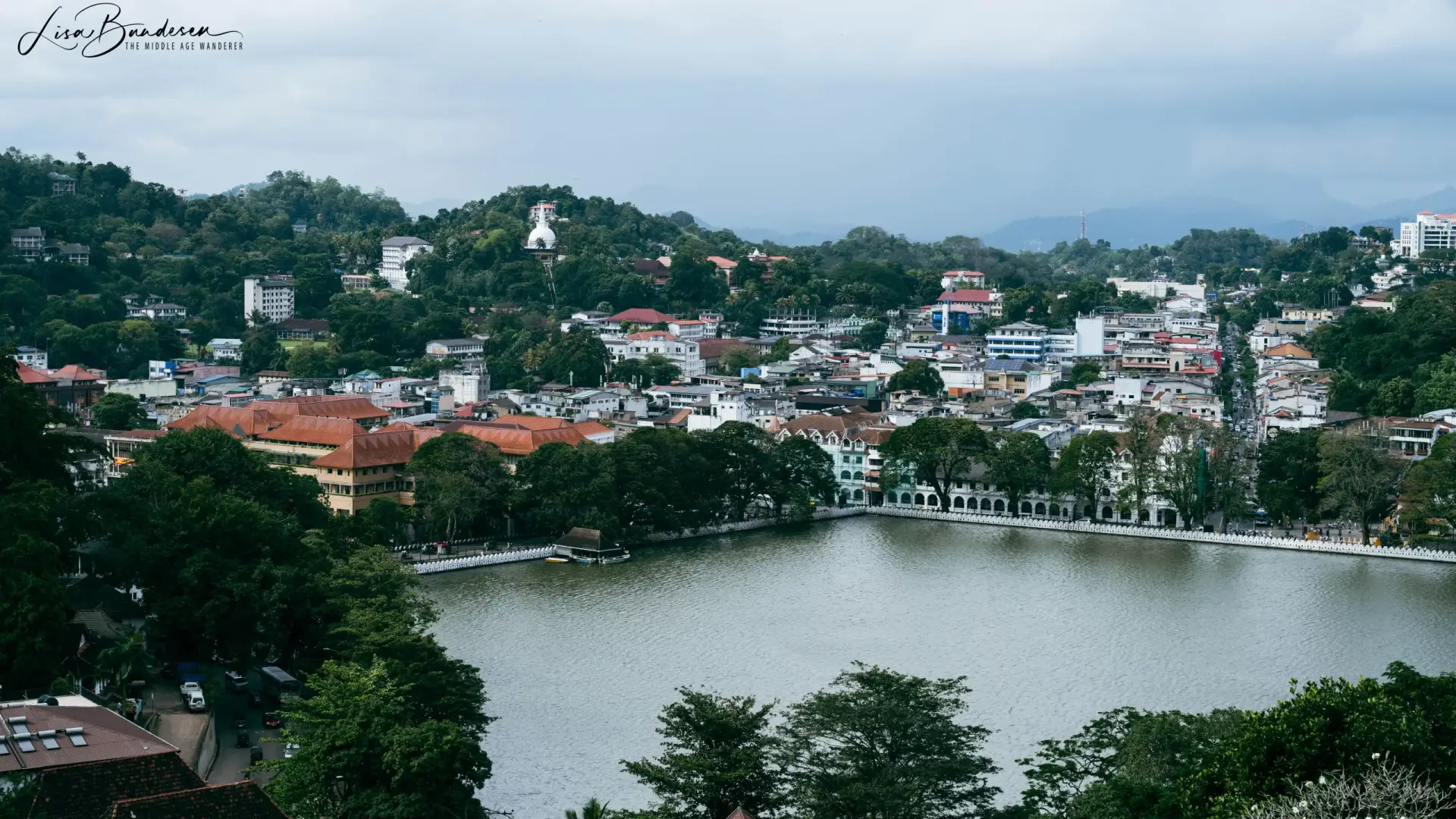
Festivals and Events
Looking for a flight to Sri Lanka? We use and recommend Skyscanner for flight bookings.
Autumn in Sri Lanka is a bit of a mixed bag weather-wise, as the southwest monsoon ends and the northeast monsoon begins. It’s a quieter time to visit, with fewer tourists and vibrant green landscapes after the rains.
Temperatures are warm, generally between 25°C and 30°C (77°F to 86°F), but the rain can be hit or miss depending on where you are. The northeast monsoon starts affecting the northern and eastern regions by late October, but the southwest begins to clear up in November.
September:
October:
November:
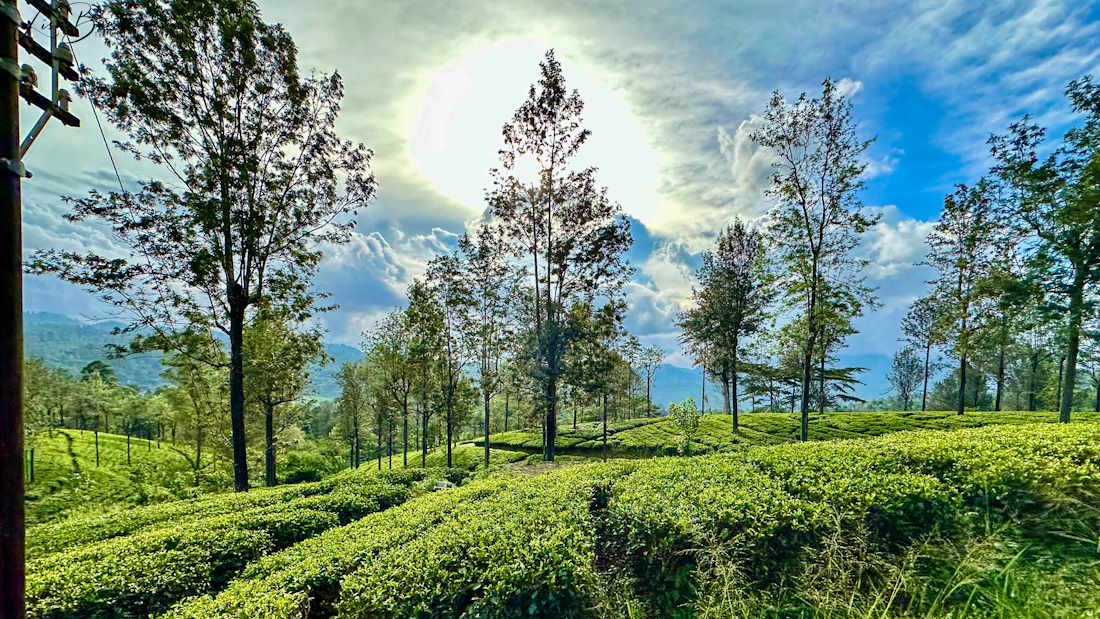

When is the best time to visit Sri Lanka? The answer depends on what you’re after. For beach lovers, December to February is perfect for the southwest coast, while June to August is ideal for the east coast. Wildlife enthusiasts should visit southern national parks during the dry season (December to April). Spring and autumn are fantastic for quieter travel experiences, offering lush landscapes and fewer crowds.
Whether you’re looking for adventure, relaxation, or a mix of both, Sri Lanka offers something for everyone year-round. By timing your trip right, you’ll ensure you get the most out of this tropical paradise, no matter what kind of experience you’re after!

Hi, I’m Lisa, a retired chartered accountant. My husband, Darren, and I explore the world as much as possible. Staying fit is key to our adventures, from hiking the Inca Trail to scuba diving. We call Australia home but travel overseas often, always eager to discover new cultures, bustling cities, cuisines, nature and wildlife.
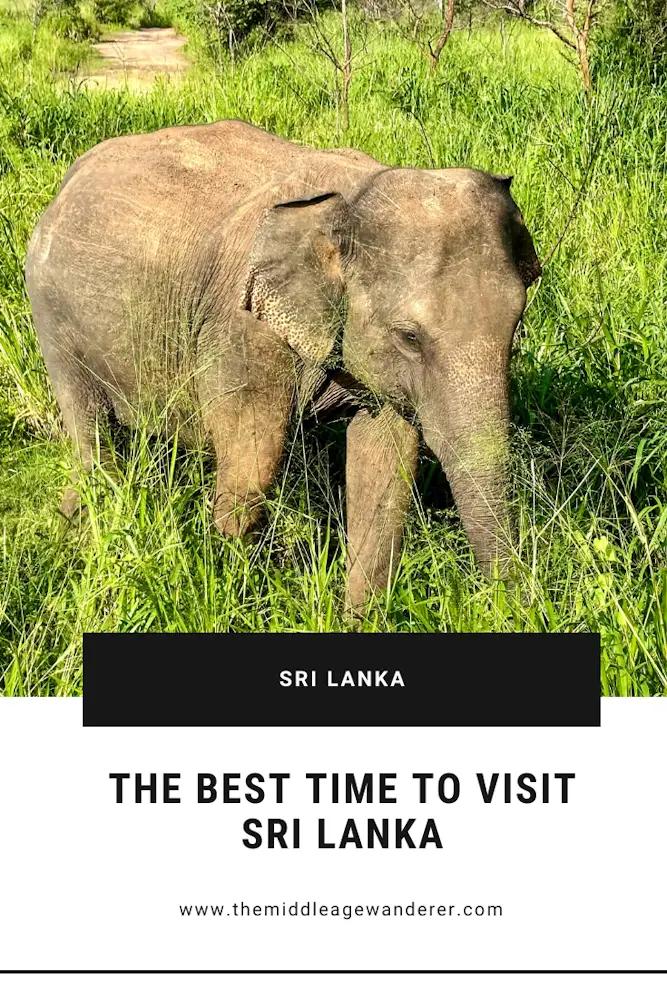

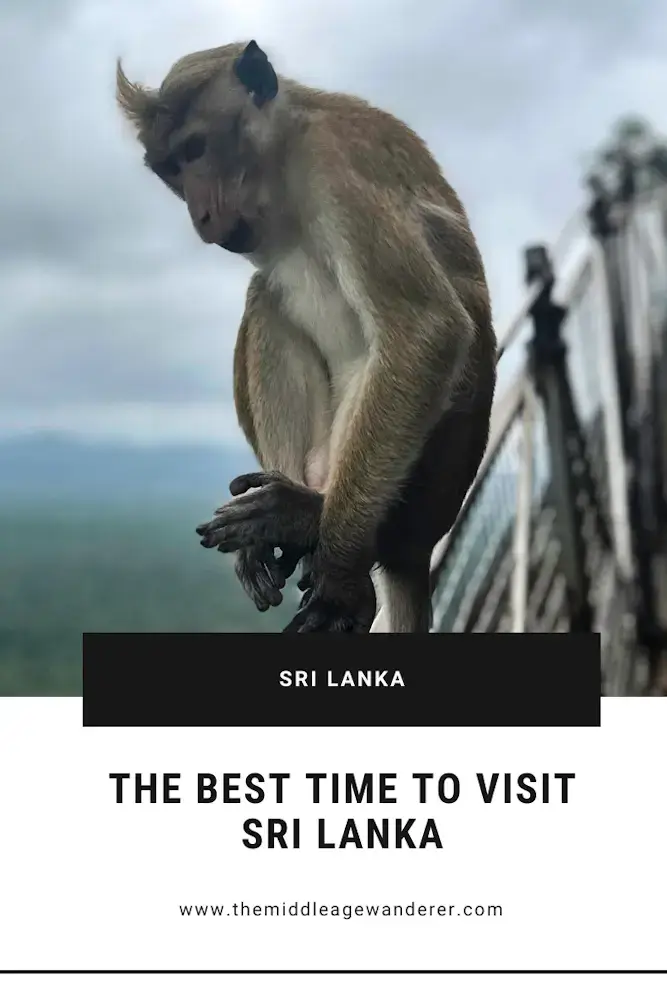

Discover everything you need to know about visiting Sigiriya, the majestic Lion Rock. Get ready for an unforgettable adventure!

Discover the best time to visit Sri Lanka and plan your dream vacation. Explore the seasons, weather, wildlife, and more.

Planning to fly a drone in Sri Lanka? Find out everything you need to know about the regulations and approval process you need to follow.

Explore our comprehensive guide to tipping etiquette in Sri Lanka, covering restaurants, hotels, taxis, and more to ensure you tip appropriately.

Discover the wild side of Yala National Park in Sri Lanka with Kulu Safaris – adventure, wildlife, and unforgettable safari experiences
© 2024 The Middle Age Wanderer
Made with 